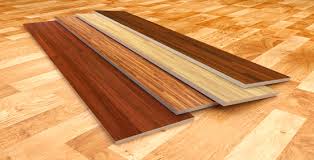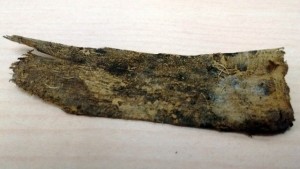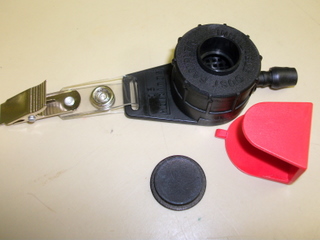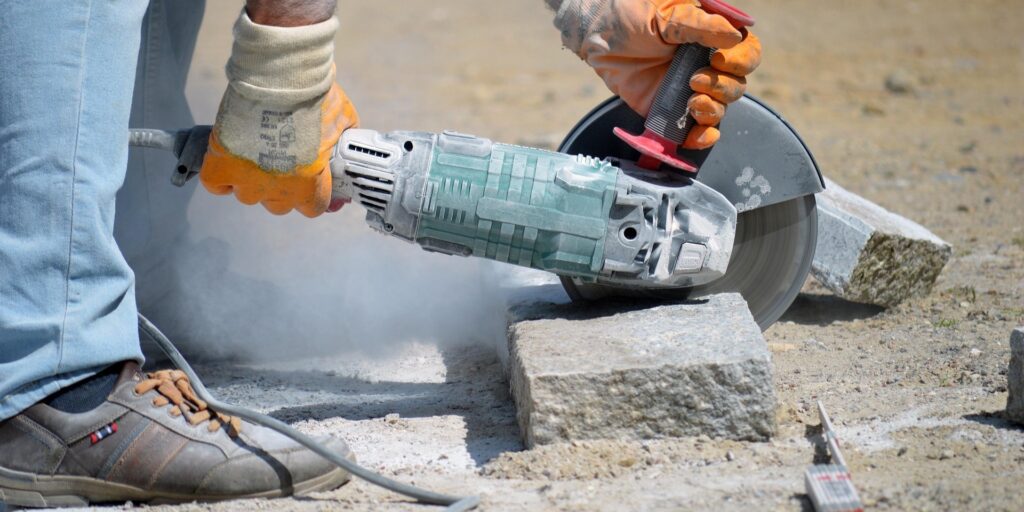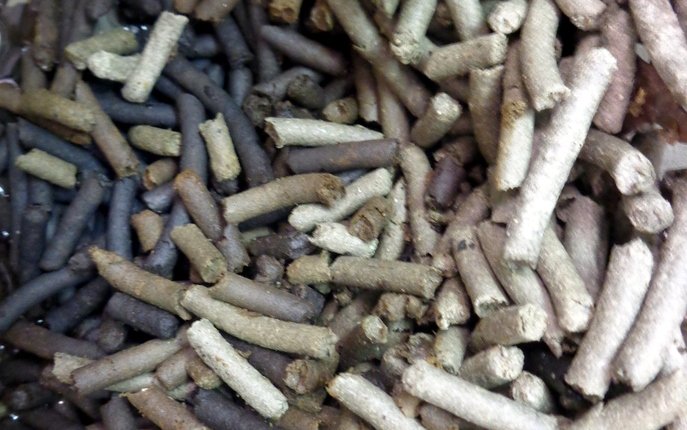Protect your indoor air quality by testing for formaldehyde emissions from laminate flooring, especially if it is not made in North America or Europe. 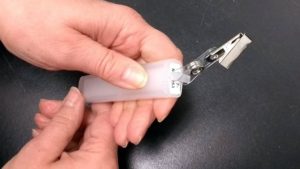
Purpose of the Service
Some laminate flooring products, particularly those containing formaldehyde-based resins and glue, may release formaldehyde—a toxic gas known to pose significant health risks. Research has revealed that imported laminate flooring may contain elevated levels of free formaldehyde, which can linger in the polymer matrix and release into the air over time. This can cause the formaldehyde concentration in your home to exceed safe levels, potentially impacting your family’s health.
Technical Details of the Test
Our Formaldehyde Sampling Kit offers an easy and economical solution for assessing air quality in your home:
- Sampling Process: The kit includes sampling devices that you place in various areas of your home for 24 hours.
- Sample Collection: Once the sampling period is complete, seal and return the devices to our laboratory for analysis.
- Laboratory Analysis: The samplers absorb formaldehyde, which is extracted and analysed using the OSHA USA standard method.
- Results Reporting: We calculate the formaldehyde concentration in your home and provide a detailed report with results expressed in parts per million (ppm). For context, Health Canada’s safe threshold for residential air is 0.04 ppm (40 ppb).
Benefits of Our Testing Service
- Nondestructive testing: You do not need to remove or disturb the existing flooring.
- Accurate Results: Using advanced analytical techniques, we ensure reliable and precise formaldehyde measurements.
- Convenience: The DIY sampling kit makes it easy to collect samples on your own schedule.
- Comprehensive Reporting: Receive clear, actionable data to assess whether your indoor air quality meets Health Canada’s safety standards.
- Customised Solutions: Most clients order 2–3 samples, typically placing one sampler on each floor or in newly renovated areas of the home.
Place Your Order Online
Contact Us to Place Your Order
Take proactive steps to ensure your laminate flooring is safe. Email us today with your shipping address and the number of samples you need, and we’ll provide you with a detailed estimate. For more guidance, visit our webpage on collecting formaldehyde gas samples from residential air.

